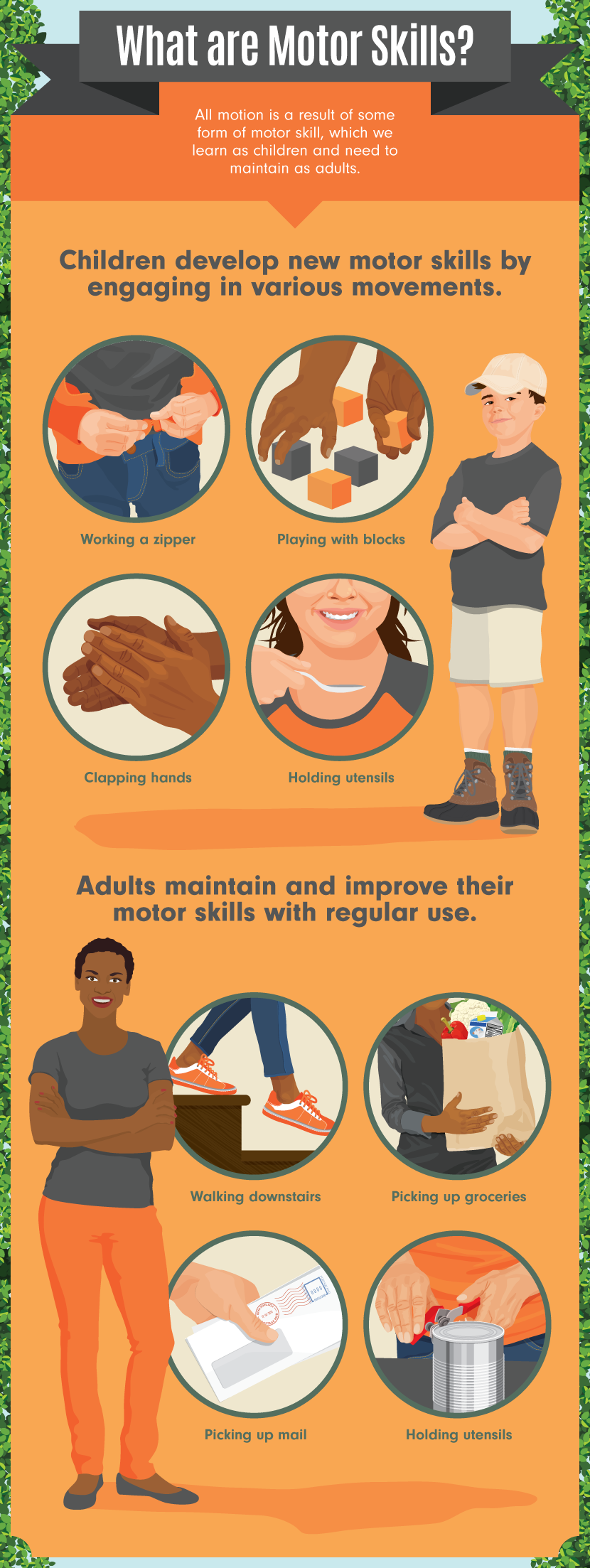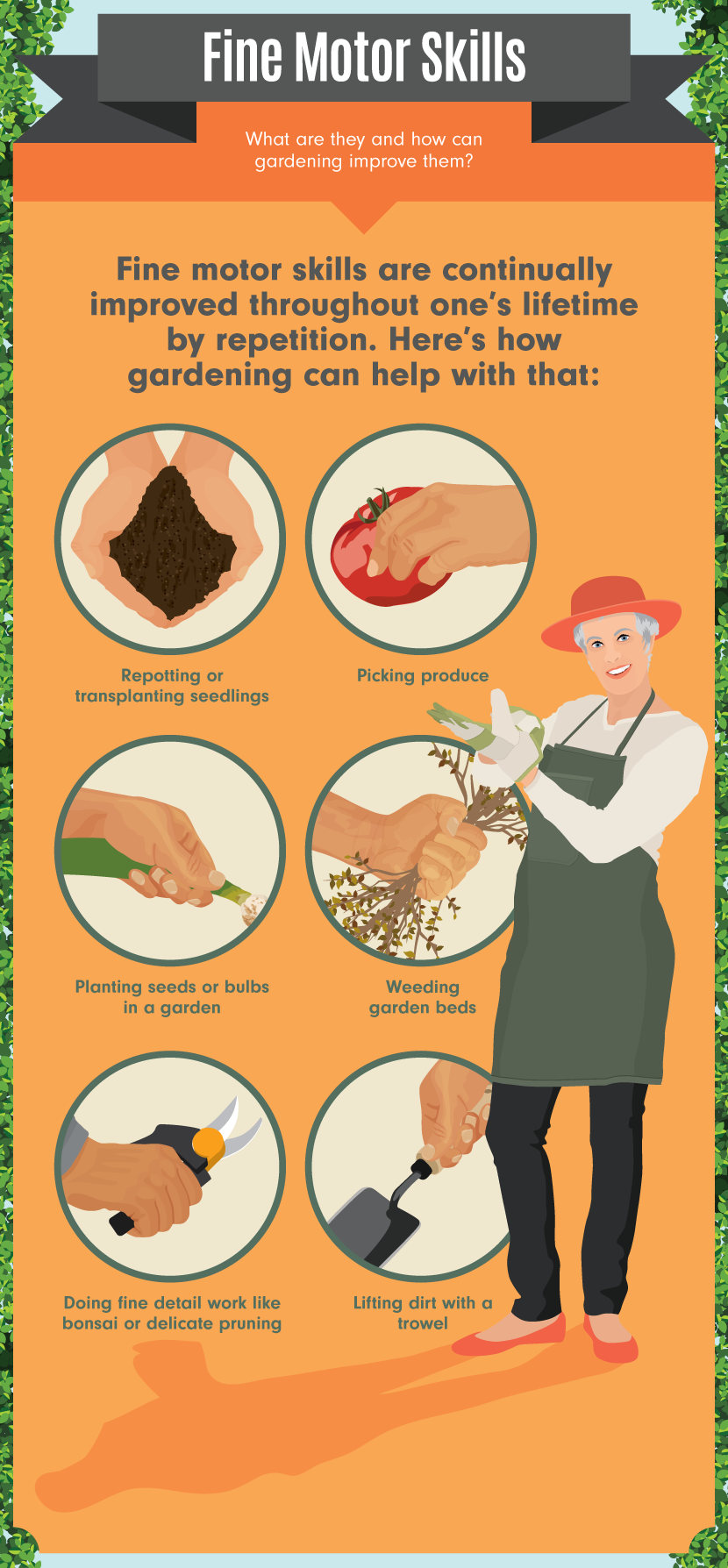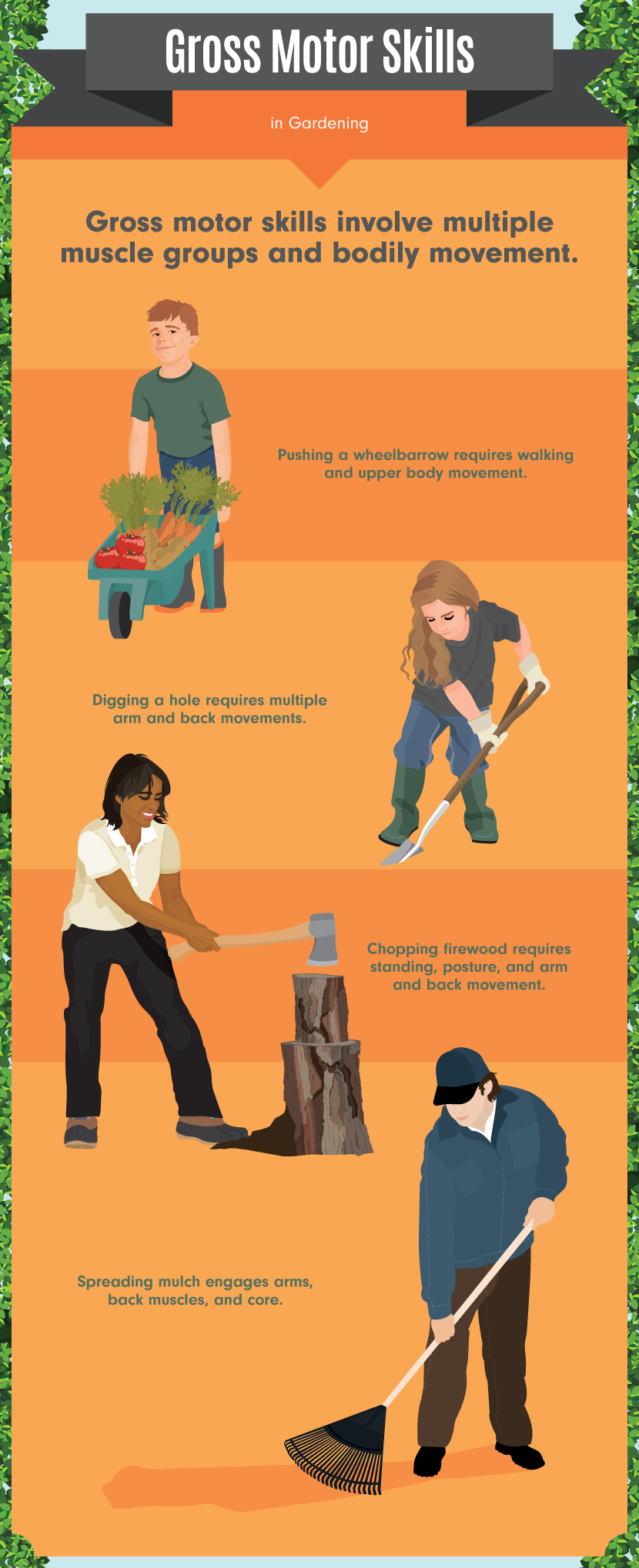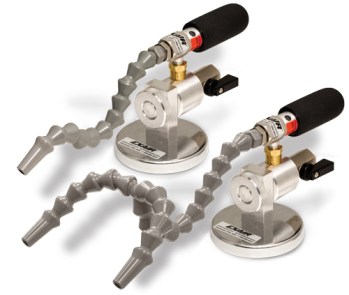How Gardening Can Help With Your Motor Skills
Gardening for Motor Skills Development and Retention
(function(d){
var f = d.getElementsByTagName(‘SCRIPT’)[0], p = d.createElement(‘SCRIPT’);
p.type = ‘text/javascript’;
p.async = true;
p.src = ‘//assets.pinterest.com/js/pinit.js’;
p.setAttribute(‘data-pin-hover’, true);
f.parentNode.insertBefore(p, f);
}(document));
function openWin() {
myWindow = window.open(“http://www.youtube.com/channel/UCHGLUxlObWaCOcDTYiuZFPA?sub_confirmation=1”, “0, 0”, “width=575, height=325”); // Opens a new window
AnalyticsTrackEvent(‘Social’, ‘Subscribe’, ‘YouTube’);
}
We often think of motor skills as being innate, or something we’re born with. After all, every kid can run, jump, and do somersaults, right?
In reality, they are physical skills learned as children, and some types are fine-tuned throughout our lives. Gardening can play a big role in enhancing motor skills. Whether you’re young or old, gardening can be a healthy addition to your lifestyle.

To put it in layman’s terms, motor skills are how your muscles coordinate to do different things. Simply, it’s how you move. All motion is a result of some form of motor skill, whether it be something that requires your whole body like standing or walking, or something that requires only a very small part of it, such as using a pair of scissors.
When a child is born, it can’t do much of anything. Any movements that a baby makes are typically involuntary. Only over time and with practice does a child learn to direct his or her movement, and that process of improving the range and delicacy of motion continues throughout adolescence. It takes many forms, such as learning to write or learning how to shoot hoops on the basketball court, going swimming, or drawing pictures.
For an adult, the motor skills they learned as children still apply, but they must be maintained. It’s estimated that somewhere around age 30, adults stop improving on some forms of motor skills, and from there it becomes a matter of maintenance to keep those skills working as they should. Others keep becoming more specialized with time and practice.
Injuries, illnesses, and other impairments can sometimes cause setbacks in the ability to move as well as a person used to, and this may require physical therapy to overcome. But for everyone else, just moving is enough to keep us capable of moving longer and better.

The category of fine motor skills refers to the detail-oriented movements that we use each day. For instance, simply typing this article is a use of fine-motor skills for me. But in the garden, we use a wide range of fine motor skills to do detail work.
Since the 12th century, masters in the art of bonsai have been enacting beautiful pieces of living plant art. This requires close attention to the plants they’re gradually shaping, regular trimmings of leaves and branches to help keep the plant’s shape, and careful twisting of wire around branches to support and direct further growth.
However, fine motor skills do not only include the delicate motions like those which go into bonsai. In fact, we use such skills for normal pruning of plants, picking produce, weeding garden beds, repotting or transplanting seedlings, planting seeds, and all manner of other garden tasks. Repetition helps us to improve, so what was previously was fumbling with tiny seeds eventually becomes a rote and simple task.
By focusing on these delicate little movements, we train hand-eye coordination, keep our hands and muscles flexible, and maintain our capability of grasping and holding objects. Fine motor skills can become rusty with disuse, but can be picked back up with practice. We continue to improve in our fine motor capabilities throughout our lifetimes.

Gross motor skills, by comparison, are nowhere near as elegant as the fine motor skills. These are skills which represent coordination between muscle groups, and control such things as walking, running, or using a shovel.
Anything which requires a wide range of physical motion, such as lifting the handles of a wheelbarrow and steering it to where you want it to be, lifting and moving firewood, spreading mulch, or even building a brand-new raised bed garden requires gross motor skills. Tilling the soil, mowing the lawn, or turning a compost pile are other examples of gross motor skills at work.
If we stop doing a particular set of motions, our muscle groups slowly lose the ability to do that range. That’s why, after digging a long trench or trimming your trees, your shoulders and back might ache… it’s your body reminding you that you don’t do that motion very often. And, unlike fine motor skills, people over the age of 30 are at risk of losing the ability to do many of these skills if they don’t maintain them.
We all slow down as we age, but studies have shown that the rate of muscular atrophy isn’t as significant if we remain regularly active, and maintaining a garden is an enjoyable way to stay active. It has the side benefit of creating a living, beautiful environment for those moments when you decide to sit back and relax.
And best of all, maintaining a wider range of motion slows down other effects of aging on your body. You’re less likely to wake up aching if you live an active lifestyle than if you live a sedentary one, because your body is more prepared and capable of taking on the tasks of the day. You may develop more muscle strength, which makes gardening even more fun and improves your physical fitness. And using gross motor skills can be a form of aerobic activity, so it has health benefits for your heart and circulatory system, lungs and more.
Consider gardening as part of your active lifestyle! It’s a fulfilling accomplishment to look back after days, weeks, months or years of hard work and to see the beautiful fruits of your labor. Whether you’re trying to landscape your entire yard or just grafting a stem onto a new plant, both fine and gross motor skills are essential to your task. By using them, you’re not just improving your surroundings, you’re improving your overall physical health.
(function(d){
var f = d.getElementsByTagName(‘SCRIPT’)[0], p = d.createElement(‘SCRIPT’);
p.type = ‘text/javascript’;
p.async = true;
p.src = ‘//assets.pinterest.com/js/pinit.js’;
p.setAttribute(‘data-pin-hover’, true);
f.parentNode.insertBefore(p, f);
}(document));
function openWin() {
myWindow = window.open(“http://www.youtube.com/channel/UCHGLUxlObWaCOcDTYiuZFPA?sub_confirmation=1”, “0, 0”, “width=575, height=325”); // Opens a new window
AnalyticsTrackEvent(‘Social’, ‘Subscribe’, ‘YouTube’);
}




